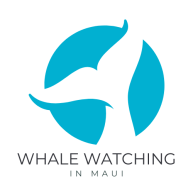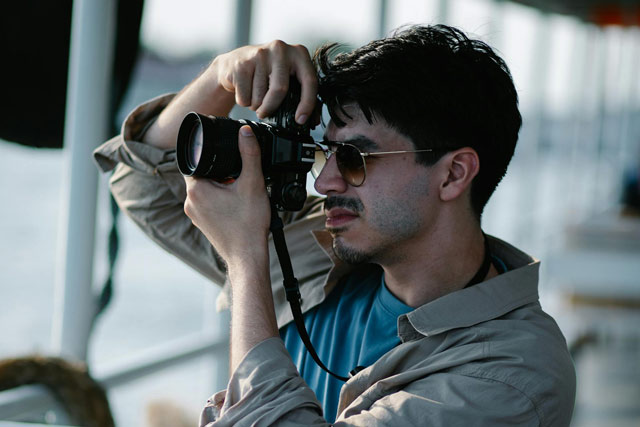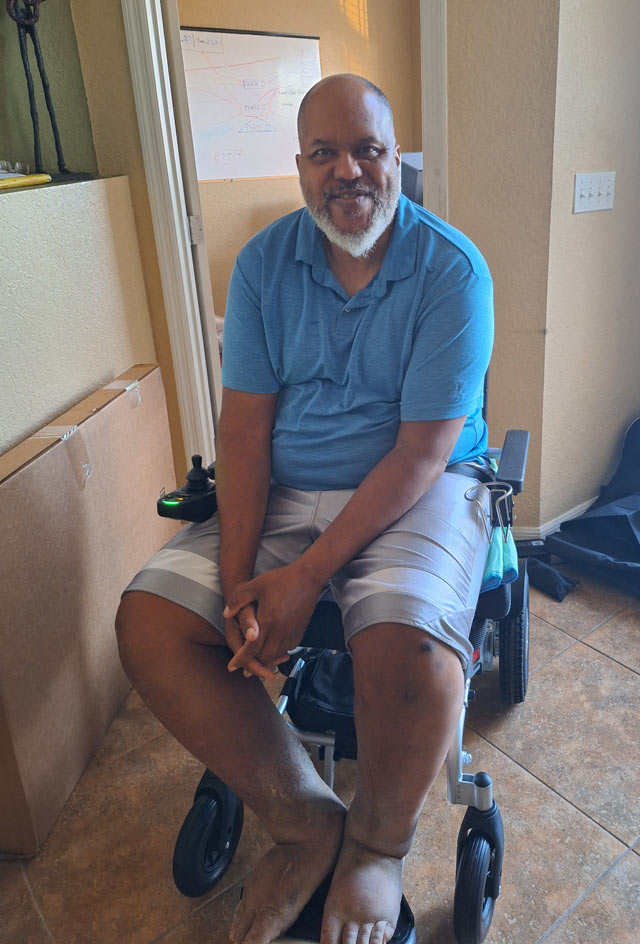Before Multiple Sclerosis forced me to slow down, whale watching photography was a beloved hobby of mine. I spent a bunch of hours honing my skills and learning the best techniques to capture these incredible creatures. While I may not be able to chase whales on the open sea anymore, I can still share the knowledge I’ve gained over the years. This guide will help you choose from the top three best cameras for whale watching and employ effective techniques to capture stunning whale photos on your Maui whale watching adventure.
Prefer to listen on the go? Hear The deep dive on the Top 3 cameras.
Key Takeaways
- Choosing the one of the best cameras for whale watching means looking for features like fast autofocus, excellent low-light performance, and image stabilization is essential for capturing dynamic whale photography.
- Utilize telephoto lenses with focal lengths ranging from 70-300mm to 100-400mm to capture detailed shots of whales from a distance.
- Whale watching requires patience. Be prepared to wait for the perfect moment and anticipate whale behavior.
- Utilize burst mode, adjust shutter speed and aperture, and take advantage of features like animal eye autofocus to capture the best possible images.
- For some, the best cameras for whale watching may include features like tilting LCD screens and touchscreen controls. This is to enhance accessibility for photographers with mobility limitations.
** I may receive a small commission for purchases made through links in this post, at no extra cost to you. **
the Best Cameras for Whale Watching And Lenses
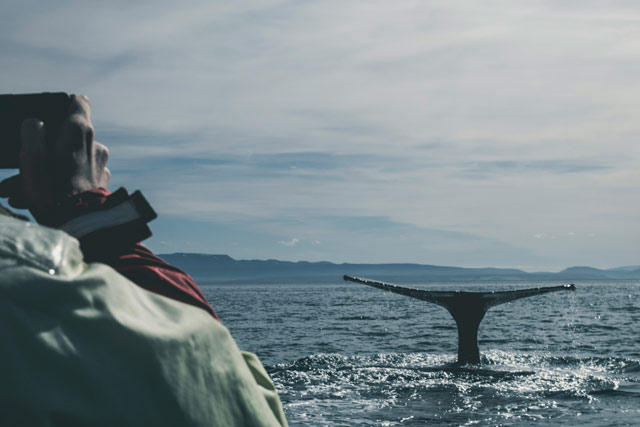
It all starts with the platform. Which cameras can best do the job and how do they “see” the subject that will be photographed. Let’s take a look at three cameras I think stand up to the challenge of being considered as one of the best cameras for whale watching photography.
1. Sony Alpha a7 III
This popular mirrorless camera excels in low-light conditions, which is a significant advantage when photographing whales, especially during dawn or dusk. Its fast autofocus system and excellent image stabilization make it a strong contender for capturing those fleeting moments and for my giving a nod towards being one of the best cameras for whale watching.
- Strengths:
- Excellent low-light performance: Ideal for capturing images in the early morning or late afternoon when the light is less intense.
- Fast autofocus: Helps you quickly lock onto moving subjects like whales.
- Versatile: Suitable for various photography styles beyond whale watching.
- Considerations:
- Out of the top three best cameras for whale watching, it can be the most expensive.
2. Canon EOS R5
When you’re thinking about which cameras could be the best cameras for whale watching, You can’t ignore the Canon EOS R5. This high-end mirrorless camera boasts impressive image quality and a blazing-fast autofocus system. Its robust build and weather-sealing make it suitable for challenging conditions often encountered on the water. I can definitely place the EOS R5 as being one of the best cameras for whale watching.
- Strengths:
- Exceptional image quality: Captures stunningly detailed photos.
- Fast autofocus: Ideal for capturing quick movements like a breaching whale.
- Excellent video capabilities: If you also plan to capture video footage.
- Considerations:
- More expensive than the Sony a7 III.
- Can be bulky and heavy for some users.
3. Nikon D850
The final runner, in my opinion, for being one of the three best cameras for whale watching is a renowned DSLR known for its exceptional image quality and durability. That would be the Nikon D850. Its robust build can withstand the rigors of outdoor photography, including the potential for salt spray or moisture.
- Strengths:
- Excellent image quality and dynamic range.
- Perhaps the most durable and reliable out of my choices for the best cameras for whale watching. It’s Built to withstand challenging conditions.
- Large sensor size for excellent low-light performance.
- Considerations:
- Can be heavier and bulkier than mirrorless cameras.
- May not have the same advanced autofocus capabilities as some mirrorless models.
Lenses for Whale Watching
I don’t think there’s any argument in saying a good telephoto lens is essential for capturing detailed shots of whales from a distance. And, what good is having one of the best cameras for whale watching if you don’t have a good lens to help you bring your camera’s capabilities to bear? With that said, here are some lenses you want to consider.
1. 70-300mm Telephoto Lens: This versatile lens offers a good balance of reach and portability. It’s a great option for beginners and those on a budget.
2. 100-400mm Zoom Lens: This lens provides significantly more reach, allowing you to capture distant whales with greater detail. It’s a popular choice among wildlife photographers but can be heavier and more expensive.
3. Consider a teleconverter: A teleconverter can be used to increase the reach of your existing lens, providing even greater magnification. However, it can also reduce image quality and limit autofocus performance.
Pro Tip!
Use a monopod to stabilize your camera and reduce motion blur, especially on a moving boat.
Whale Watching Photography Tips
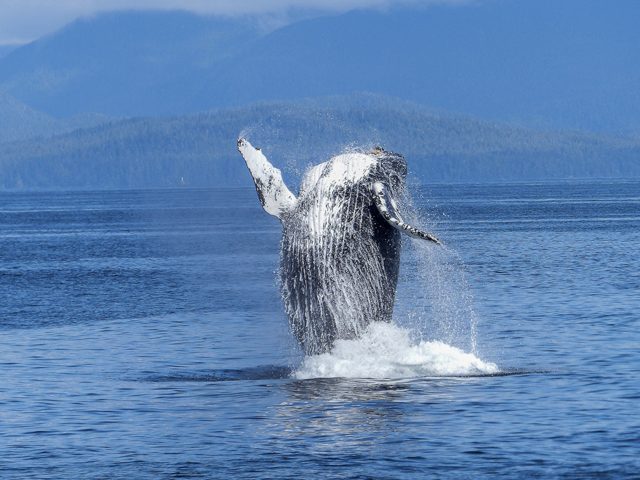
As I found the hard way years ago, whale photography can be challenging, whether you have one of the best cameras for whale watching or not. This is due to the unpredictable nature of the whales and the often-moving environment. Here are some tips to increase your chances of capturing stunning images of whales:
- Practice and Experiment: Don’t be afraid to experiment with different camera settings and techniques. Try adjusting your shutter speed, aperture, and ISO to find the best combination for different lighting conditions.
- Be Patient: Whale watching is a game of patience. Whales are wild animals and their movements are unpredictable. Don’t get discouraged if you don’t see any whales immediately. Relax, enjoy the scenery, and be prepared to wait.
- Focus on the Blow: Whales often exhale a spout of water before they surface. Use this as a cue to raise your camera and prepare to capture the moment.
- Anticipate Breaching: Humpback whales are known for their spectacular breaches. Watch for signs that a whale might breach, such as a deep dive or a series of powerful blows. Be ready to react quickly and capture the action.
- Use Burst Mode: Capture a series of images in quick succession using your camera’s burst mode. This increases your chances of capturing the perfect moment, especially during dynamic events like breaching or tail slapping.
- Pay Attention to the Light: The quality of light can significantly impact your photos. Early morning and late afternoon often offer the best lighting conditions for whale photography. Avoid shooting directly into the sun, as this can create harsh shadows and reduce image quality.
- Compose Your Shots: Consider the overall composition of your image. Include the surrounding environment, such as the ocean, sky, and coastline, to provide context and enhance the visual appeal of your photos.
Fun Fact!
Did you know that the Canon EOS R5 features advanced animal eye autofocus? This technology can detect and track the eyes of animals, including whales, for incredibly sharp focus.
Best Time and Locations for Whale Watching Photography
The best time for whale watching photography in Maui is during the peak whale season from January to March. Early mornings or late afternoons often provide the best lighting and calmer seas.
Some of the very best locations for whale photography include:
- Lahaina Harbor: A popular spot for boat tours with frequent whale sightings.
- Ka’anapali Beach: Great for shore-based whale watching.
- McGregor Point Lookout: Offers a panoramic view ideal for spotting whales.
Pro Tip!
Use the burst mode on your camera to capture multiple shots in quick succession, so you can increase your chances of getting the perfect shot.
Beginner Photography Tips for Whale Watching
If you’re new to photography and have just purchased one of the best cameras for whale watching on my list, don’t worry! Here are a few beginner tips for when you take your camera out for a spin:
- Start with Auto Mode: Many modern cameras have excellent auto settings that can help you get started.
- Experiment with Settings: Once you’re comfortable, try adjusting the shutter speed and aperture for more creative control.
One thing I think a beginner photographer should remember is that it doesn’t matter if you have one of the best cameras for whale watching. What’s important is gaining practice with whatever equipment you have and getting to know the behavior of whales to help you predict a shot.

Accessibility Tip!
For photographers with limited mobility, consider using a camera with a tilting LCD screen. This allows you to easily compose and review photos without needing to raise the camera to your eye. Some cameras also offer touchscreen controls for easier navigation and adjustments.
Fun Fact!
Humpback whale flukes (tails) have unique patterns, much like human fingerprints. Take a photo of some tail flukes and see if you are able to recognize any individual whales on your next visit.
Conclusion
Capturing the beauty of whales during your Maui adventure is a rewarding experience. With any of the top three best cameras for whale watching and the right techniques, you’ll be able to bring home stunning photos that preserve the magic of your trip. Remember to be patient, enjoy the moment, and have fun experimenting with your camera!
